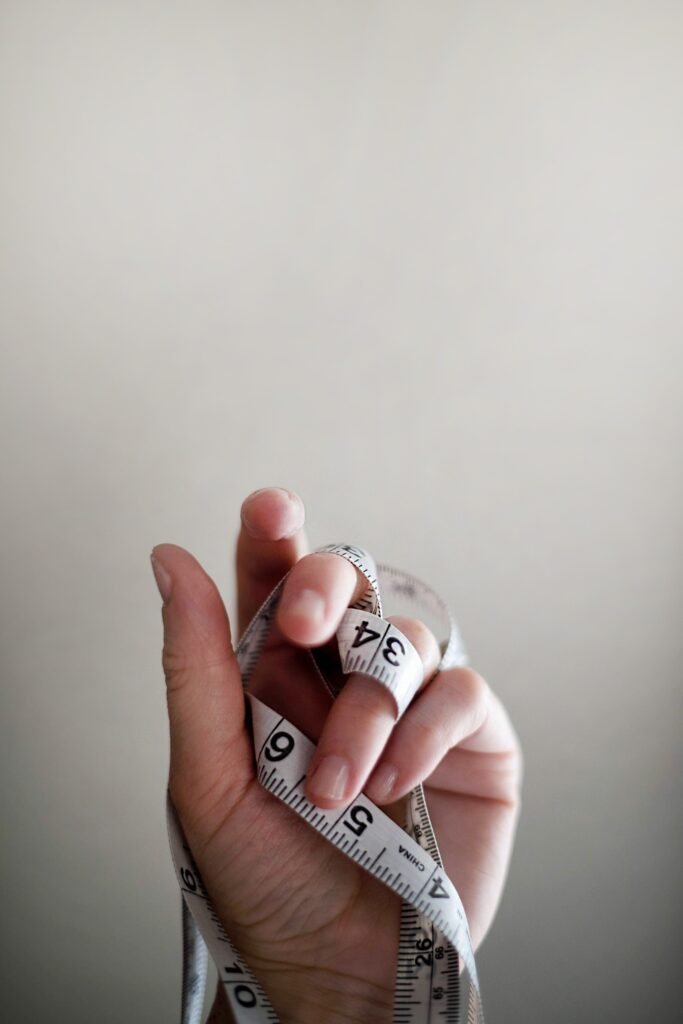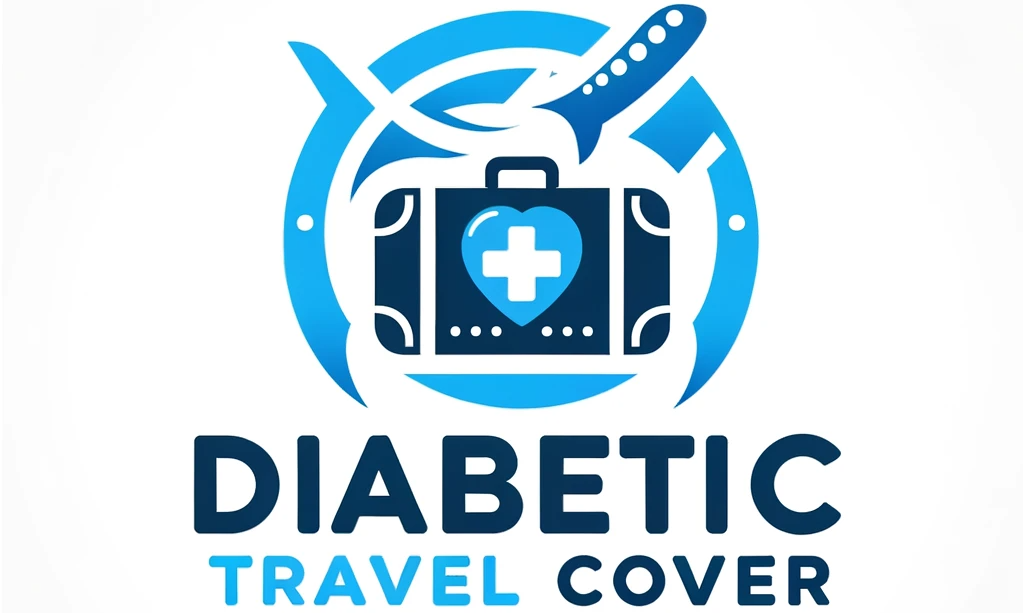You’re all set for your upcoming trip, but before you board the plane, there’s a nagging thought on your mind: Can I take my Ozempic on a plane? As a frequent traveler or someone with diabetes, you understand the importance of medication during your journey. In this article, we’ll explore the rules and regulations surrounding carrying Ozempic on flights, ensuring you have a stress-free experience while taking care of your health. So, let’s find out what you need to know before you jet off with your essential medication.
Overview of Ozempic
Understanding Ozempic
Ozempic is a medication used to treat Type 2 diabetes. It belongs to a class of drugs called GLP-1 receptor agonists and works by helping to control blood sugar levels in the body. It is usually administered once a week and comes in the form of a pre-filled pen. Ozempic has been proven to be effective in lowering A1C levels and promoting weight loss in people with Type 2 diabetes.
Administration of Ozempic
Ozempic is typically self-administered by the individual with diabetes. The medication is injected under the skin (subcutaneously) using a pre-filled pen. The pen is designed for ease of use and comes with clear instructions on the proper technique for injection. It is important to follow the prescribed dosage and frequency as directed by your healthcare provider.
Importance of Ozempic on a Plane
When traveling by plane, it is crucial to ensure that you have access to your necessary medications, including Ozempic. Maintaining proper control of blood sugar levels is essential for managing Type 2 diabetes, and any disruption in medication administration can have adverse effects. Therefore, it is important to understand the regulations and guidelines for carrying Ozempic on a plane to ensure a smooth and safe travel experience.
Transportation Regulations for Medications
Transportation Security Administration (TSA) Guidelines
The Transportation Security Administration (TSA) is responsible for security screening at airports in the United States. When it comes to carrying medications on a plane, the TSA has specific guidelines in place. In general, medications in liquid or gel form, such as Ozempic, are allowed in carry-on bags in quantities greater than the standard 3.4-ounce limit for liquids. However, they must be declared to the security officer at the checkpoint for additional screening.
Federal Aviation Administration (FAA) Guidelines
The Federal Aviation Administration (FAA) is the regulatory body for civil aviation in the United States. While the FAA does not have specific guidelines for carrying medications on a plane, they do defer to the TSA regulations. It is important to be familiar with the TSA guidelines and ensure compliance when traveling with Ozempic.
International Travel Considerations
If you are traveling internationally, it is essential to research and understand the regulations and guidelines of the country you are visiting. Each country may have its own restrictions and requirements for carrying medications, including Ozempic. It is advisable to contact the embassy or consulate of the country you are traveling to in order to obtain accurate and up-to-date information. Additionally, it may be helpful to carry a travel letter from your healthcare provider explaining your medical condition and the necessity of carrying Ozempic.

Carrying Ozempic on a Plane
Packaging and Storage Requirements
To ensure the potency and effectiveness of Ozempic during travel, it is essential to adhere to proper packaging and storage requirements. The pre-filled pen should be kept in its original packaging, which includes a protective cap. The pen should be stored at a temperature between 36°F and 46°F (2°C and 8°C) until it is ready to be used. It is recommended to carry a cooler bag or a small insulated pouch with cold packs to maintain the temperature within the appropriate range.
Proper Documentation
When carrying Ozempic on a plane, it is important to have proper documentation readily available. This includes a prescription from your healthcare provider, which should clearly state your name, the medication name (Ozempic), the dosage, and the frequency of administration. Having this documentation on hand can help facilitate the screening process at the airport and avoid any potential confusion or delays.
Carrying Additional Medications
In addition to Ozempic, many individuals with Type 2 diabetes may require other medications to manage their condition. It is important to ensure that you have an adequate supply of all necessary medications for the duration of your travel. Consider carrying these medications in your carry-on bag to have them readily accessible during the flight. It is recommended to keep medications in their original packaging with clear labels to avoid any confusion.
Accessibility during the Flight
During the flight, it is important to have easy access to your Ozempic and any other required medications. Keeping them in your carry-on bag, within reach, will allow you to adhere to your prescribed dosage and administration schedule. If you have any concerns about the accessibility of your medications during the flight, it is advisable to inform the flight attendants or airline staff, who may be able to assist you in storing them in a convenient location.
Preparation for Traveling with Ozempic
Consulting Your Healthcare Provider
Before traveling with Ozempic, it is recommended to consult your healthcare provider. They can provide guidance specific to your individual needs and medical condition. Your healthcare provider can also help ensure that you are carrying an adequate supply of Ozempic for the duration of your travel and provide any necessary instructions or advice.
Obtaining Sufficient Supply
When planning your trip, it is essential to calculate the amount of Ozempic you will need for the duration of your travel. Consider factors such as the length of your trip, time zone changes, and any potential delays that may occur. It is recommended to carry extra doses of Ozempic to account for unexpected situations or extended travel periods. This will help ensure that you have a sufficient supply of medication throughout your journey.
Plan for Time Zone Changes
If you are traveling across multiple time zones, it is important to plan for any necessary adjustments to your Ozempic administration schedule. Coordinate with your healthcare provider to determine the best approach for managing the time zone changes and maintaining proper blood sugar control. They may recommend adjusting the timing of your doses to align with the local time at your destination.
Carrying Prescription Information
In addition to carrying your prescription for Ozempic, it can be beneficial to have a list of all your medications and their dosages. This can help in case of any emergencies or if you need to seek medical assistance while traveling. Having this information readily available can facilitate communication with healthcare professionals and ensure that you receive the appropriate care.

Communicating with Airport Security
Declaring Medications
When going through security screening at the airport, it is important to declare any medications you are carrying, including Ozempic. Inform the security officers that you have medications in your possession and be prepared for additional screening. Following the TSA guidelines, place your medications in a clear plastic bag and present it separately during the screening process to expedite the security procedure.
Presenting Proper Documentation
To ensure a smooth screening process, present your prescription for Ozempic and any other necessary documentation to the security officers. This will help establish the legitimacy and necessity of carrying the medication. It is advisable to keep these documents organized and easily accessible to avoid any delays or confusion during the security screening.
Handling Special Circumstances
If you have any special circumstances related to your Ozempic or other medications, it is important to communicate these to the security officers. For example, if you require assistance with opening the packaging or need to avoid having the medication exposed to extreme temperatures, inform the officers before the screening. They may be able to provide accommodations or make necessary arrangements to ensure the safe handling of your medications.
Contacting the Airline in Advance
If you have any concerns or specific requirements related to carrying Ozempic on a plane, it can be beneficial to contact the airline in advance. They can provide you with information about their policies and any additional assistance they can offer. Informing the airline of your medical condition and medication needs can help them better accommodate your needs and ensure a comfortable and safe journey.
Handling Ozempic During the Flight
Storage on Board
During the flight, it is advisable to keep your Ozempic and other medications in your carry-on bag. This will ensure that they are easily accessible and within your reach. If you are traveling with a cooler bag or an insulated pouch with cold packs, place the medication in the designated compartment or pocket to maintain the appropriate temperature. Avoid storing the medication in the overhead compartments, as the temperature variations may affect its stability.
Injection Process
If you need to administer Ozempic during the flight, follow the instructions provided by your healthcare provider. Ensure that you have clean hands and a suitable environment for injection. It is advisable to utilize the privacy of the lavatory, if available, to maintain your privacy and adhere to proper hygiene practices. Be cautious when disposing of the used materials and follow any airline guidelines for waste disposal.
Disposal of Used Materials
Proper disposal of used Ozempic materials, such as needles and pre-filled pens, is essential to prevent any potential injuries or contamination. It is recommended to carry a sharps container specifically designed for safe needle disposal. Airlines may have specific guidelines for disposing of sharps, so it is advisable to inform the flight attendants or airline staff about your need for proper disposal.
Avoiding Heat or Cold Exposure
Exposure to extreme temperatures can affect the potency and effectiveness of Ozempic. Therefore, it is important to avoid exposing the medication to heat or cold during the flight. Keep the pre-filled pen in its protective packaging, and if needed, utilize a cooler bag or insulated pouch with cold packs to help maintain the appropriate temperature. Avoid placing the medication near windows or any other source of direct heat.

Potential Challenges and Solutions
Security Concerns
Some individuals may have concerns about the security of carrying medications on a plane. However, it is important to remember that airlines and airport security are well-acquainted with the processes and guidelines for carrying medications. By following the TSA guidelines and having proper documentation, you can ensure a smooth and hassle-free experience.
Lack of Refrigeration Facilities
One challenge when traveling with Ozempic may be the lack of refrigeration facilities during the journey. However, with proper planning and preparation, it is possible to maintain the temperature requirements for the medication. Utilizing cooler bags or insulated pouches with cold packs can help regulate the temperature and ensure the effectiveness of Ozempic.
Language Barriers
Traveling to a foreign country where the primary language may be different can pose challenges in communicating your medical needs. It is recommended to carry a translation of your prescription and a list of your medications in the local language. Additionally, using translation apps or carrying a medical alert bracelet may help convey important information in case of emergencies.
Lost or Delayed Luggage
In the unfortunate event of lost or delayed luggage, it is advisable to have a backup supply of Ozempic in your carry-on bag. This will help ensure that you have access to your medication even if your checked luggage goes missing or is delayed. Additionally, contacting the airline and providing them with all necessary information regarding your medication can assist in locating and delivering it promptly.
Alternative Options and Considerations
Carrying a Medical Certificate
To further facilitate the transportation and storage of Ozempic, it may be beneficial to carry a medical certificate with you. This certificate, issued by your healthcare provider, will validate your medical condition and the necessity of carrying Ozempic. It can help streamline the security screening process and provide additional documentation if required during your travels.
Switching to Ozempic Pens
If you are concerned about the convenience of carrying Ozempic on a plane or during your travels, you may consider switching to Ozempic pens. These pens are pre-filled and portable, making them easier to carry and store. Discuss this option with your healthcare provider to determine if it is suitable for you and your treatment plan.
Exploring Local Treatment Options
If you are planning an extended trip or traveling to a foreign country, it may be worth exploring local treatment options for managing your diabetes. Researching local healthcare facilities, pharmacies, and availability of medications can provide peace of mind and ensure continuity of care during your travels. Consult with your healthcare provider for recommendations and guidance on accessing medical services at your destination.
Consulting Travel Insurance Providers
Before embarking on your journey, it is advisable to consult with your travel insurance provider regarding coverage for your medical needs, including Ozempic. Understanding the terms and conditions of your travel insurance policy will help you make informed decisions and address any unforeseen circumstances that may arise during your trip. It is important to ensure that your insurance policy covers the cost of any necessary medical treatment or replacement of medications.

Conclusion
Traveling with Ozempic is possible and can be done safely and with proper planning. Understanding the guidelines for carrying medications on a plane, packing and storing Ozempic correctly, and communicating with airport security are essential for a smooth travel experience. By consulting your healthcare provider, obtaining sufficient supply, and being prepared for potential challenges, you can confidently travel with Ozempic without compromising your diabetes management. Remember to prioritize your health and well-being during your journey, and enjoy your travels with peace of mind.

